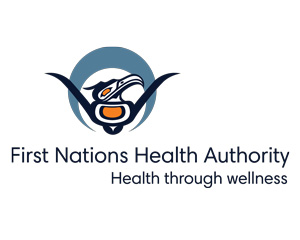When you think about soap, the last thing you'd expect is for it to pose a health risk. Yet, Health Canada recently issued a recall notice for certain Castelbel liquid soaps sold in Canada due to a chance that a bacteria, Pseudomonas aeruginosa, had contaminated the soap.
Pseudomonas bacteria are commonly found in our environment, especially in water, soil and plants. They love wet and moist areas, like sinks and bathtubs. These bacteria can cause infections in people, and while infections are rare in healthy people, they are a concern in those with weakened immune systems due to underlying illnesses, such as cancer and diabetes.
In recent years, bacteria like Pseudomonas aeruginosa have become resistant to many antibiotics which means that treatment choices are limited and infections are difficult to treat. Using antibacterial soaps can contribute to antimicrobial resistance.
Like most infections, Pseudomonas aeruginosa can be passed to a person from another person's hands or from contact with contaminated surfaces or with the environment.
How soap can become contaminated
When people think about washing their hands with soap, they believe they're removing bacteria. So, it's understandable to be confused reading about bacteria being present in soap. The good news is soap contamination like this is rare.
Liquid soaps can sometimes become a breeding ground for bacteria if they are not properly manufactured, sealed, or stored. In this recall, as Pseudomonas bacteria are common in the environment, especially moist environments, someone's hands may have come into contact with the bacteria from an uncleaned surface. Before they had a chance to wash the bacteria off, they may have contaminated bulk factory containers used to fill smaller liquid soap containers.
How to keep your soap safe
As germs can enter a liquid soap container and contaminate the soap you are using to clean your hands, here are some simple things you can do to ensure your soap stays germ free:
- Use a soap container once only and avoid topping it up when it is low.
- If using a refillable soap container, ensure you clean your hands and then clean, disinfect and dry the container before filling. Make sure you refill the soap container immediately after it is dried so it cannot become contaminated before you refill.
By taking precautions so the soaps we are using to clean our hands are not contaminating them, we can keep ourselves healthy and lower the risk of spreading infections to others and the environment.
Learn more about what the FNHA's Infection Prevention Consultation Services does to support First Nations communities.

